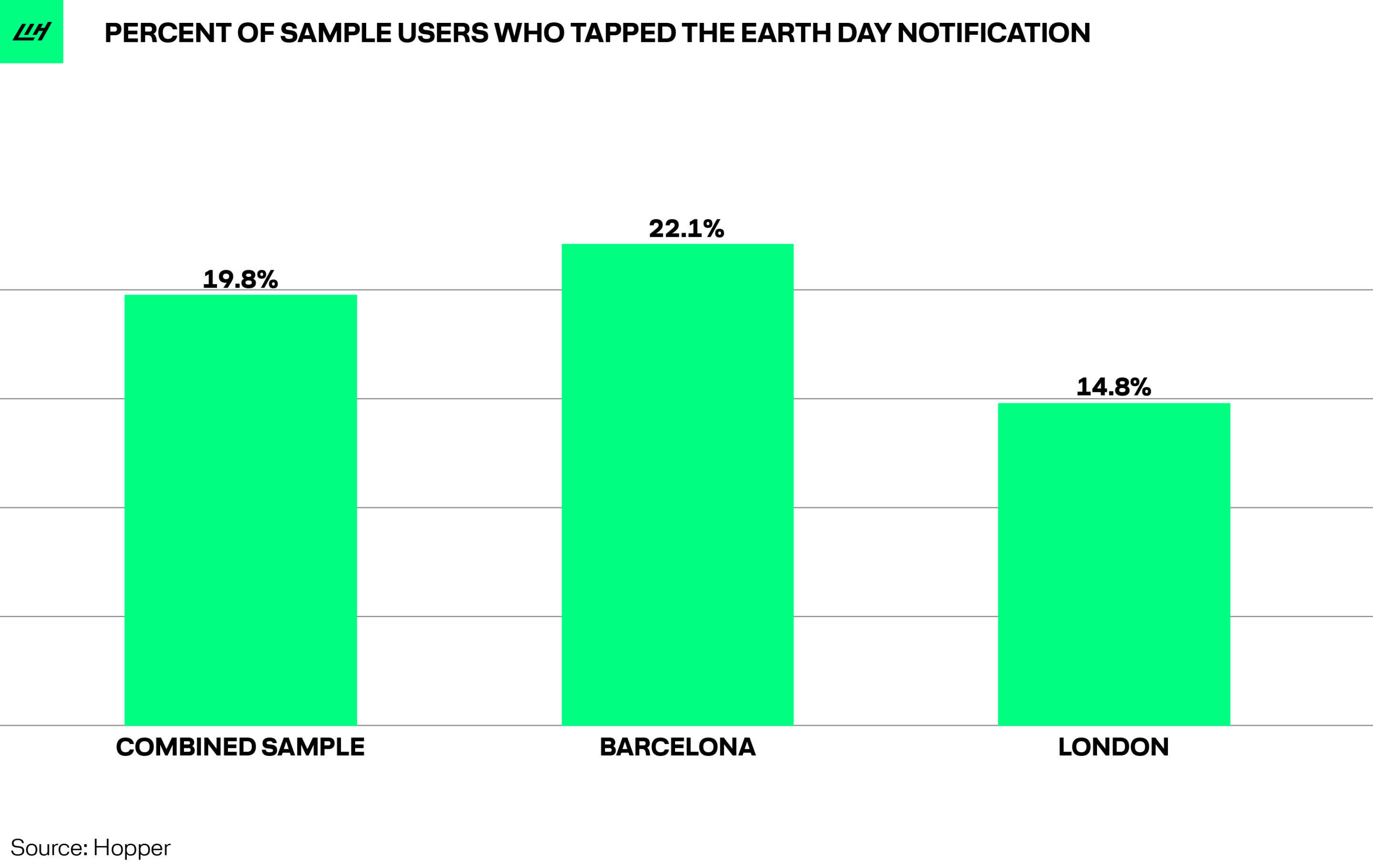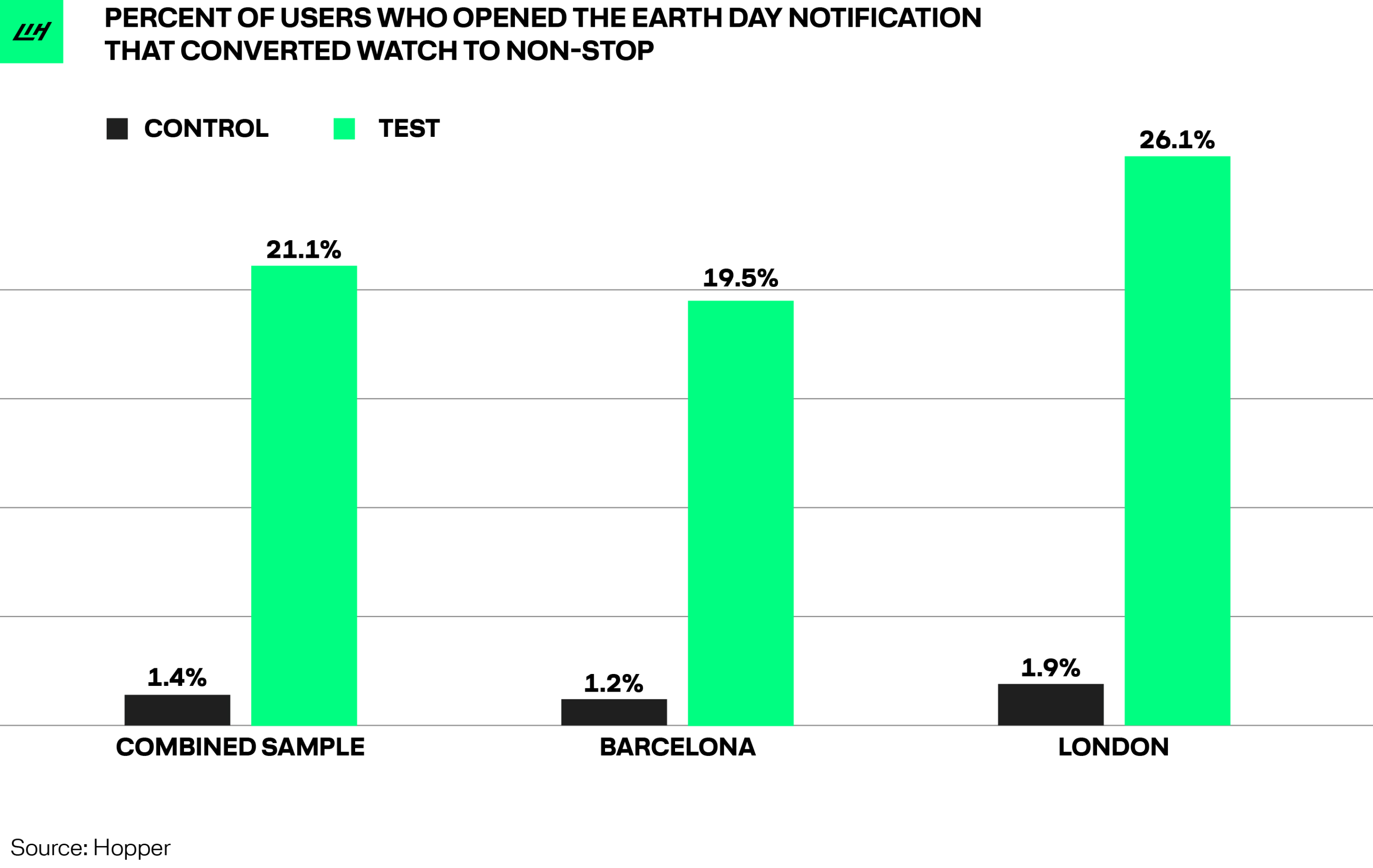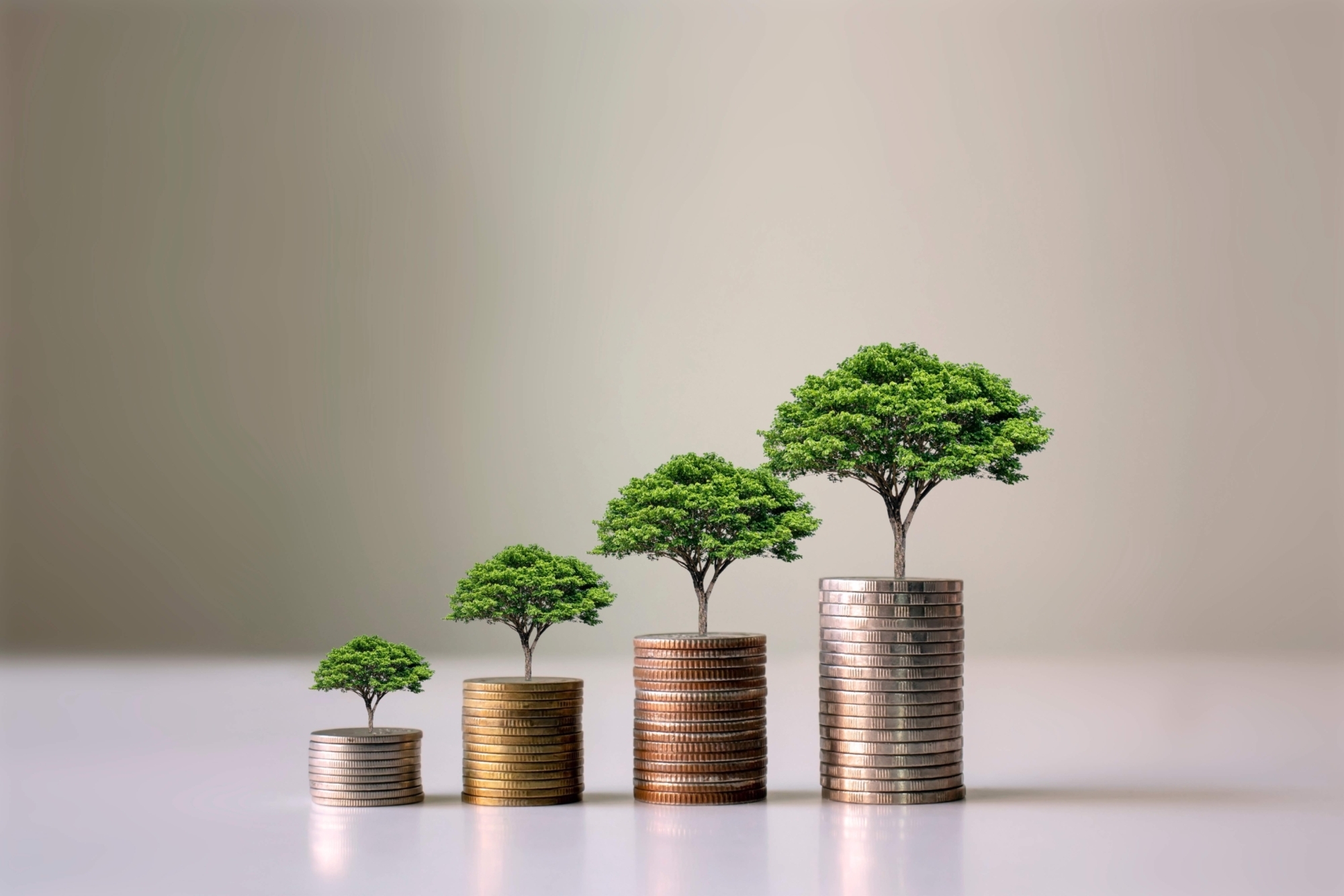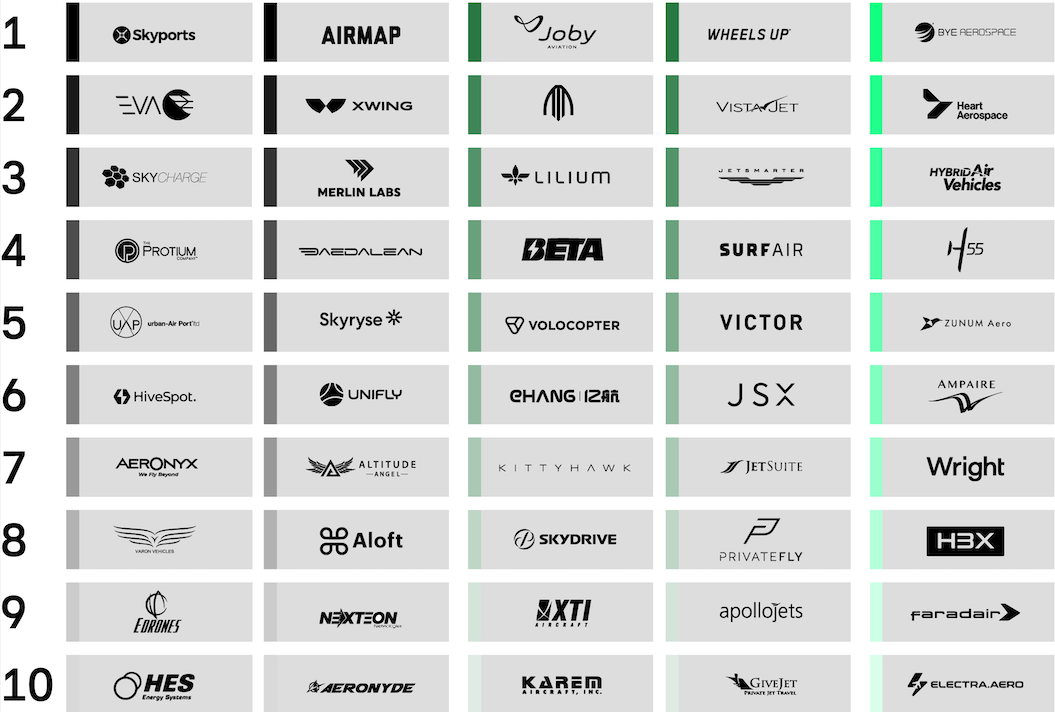Will customers pay more for sustainable flying? We ran an experiment to find potential answers. The details of the experiment are outlined below. But first some context.
Why we look at greener travel
Many airlines have acknowledged their accountability for more than 2% of annual global (human-made) carbon emissions. Efforts and initiatives aimed at shrinking airlines’ environmental footprint include the first zero-waste flights, the adoption of biofuel mixtures as well as carbon offsetting to equalize emissions produced.
Most importantly, major aviation stakeholders have signed a voluntary commitment (CORSIA) to carbon-neutral growth from 2020 onwards. The major challenge: to satisfy a growing demand for air travel (+7% globally in 2018) while stabilizing CO2 emissions at the level of 2020’s output. The cross-industry agreement that enshrines the commitment also includes the pledge to reduce net aviation CO2 emissions by 50% until 2050.
Sustainable flying is more expensive
Paths towards a more sustainable future for aviation include technological efficiency gains as well as regulatory improvements. For instance, the implementation of the Single European Sky — an initiative that aims to centralize air traffic management across Europe — would lead to a 10% reduction in airline emissions according to IATA.
Beyond such gradual improvements, biofuels arguably constitute one of the most promising strategies for a more eco-friendly future of flying — albeit still in early-stage technological developments. Biofuel produces significantly less CO2 — NASA estimates that a 50% share of biofuel would reduce CO2 emissions of the entire airline industry by 50–70%.
The major challenge is that biofuels are still a few times more expensive than the kerosene-based standard as of today. With fuel making up between 20–30% of the operating costs of flying, ticket prices — which have generally been on a downward trend for years — would increase substantially with the adoption of biofuels.
Will customers pay more for sustainable flying?
The underlying question for airlines is: in the age of ultra-low-cost-carriers, are customers willing to pay higher prices for more sustainable flying? If yes, how much more?
Together with airfare specialist Hopper, we decided to explore this question with a data-driven experiment. We put our heads together to assess whether travelers actually respond to environmental nudges (informative notifications) during the flight booking process. At a first instance, we assessed whether passengers can be even incentivized to consider greener airfares.
While this research is still at an early stage, we decided to publish preliminary results of this experiment to further fuel the discussion.
The experiment’s scope
Travelers often have little information about the environmental impact of their travel choices and sustainable alternatives. In honor of Earth Day (April 22nd, 2019), Hopper’s mobile users who “watched” certain international routes received a notification informing them of the carbon emissions they would save by flying direct rather than with stopover(s).
Hopper identified those users who were watching the flight fares of one of two popular international routes and planned to travel within the next six months:
- New York (JFK) to Barcelona (BCN)
- Los Angeles (LAX) to London (LHR)
We calculated the difference in emissions between flying these routes direct or with stopover by taking an average across the most frequently traveled stop-over routes and aircraft types.
On Earth Day, 3,000 Hopper users received a mobile notification informing them that flying non-stop would produce 18% (JFK-BCN) or 20% (LAX-LHR) fewer carbon emissions. Emission savings were also translated into a more tangible currency, namely the planting of beech trees. Users were prompted to watch non-stop flights only.
The results
Analysis so far focuses on engagement and conversion to flying non-stop — a signal for higher willingness to pay.

Around 20% of test users engaged with the notification, which is significantly higher than the average engagement rate for non-price-oriented notifications on Hopper.

Of the people who engaged with the notification, around 20% converted to non-stop. This is over 15x the usual conversion to non-stop (when unprompted).
Interpretation
Given these preliminary results, we can conclude that travelers positively respond to environmental nudges. Yet it does not end at engagement; notifications can actually lead to behavioral changes. A 20% conversion rate to watching non-stop flights is incredibly high. Users who changed the filter would no longer receive updates for the stop-over routes, which are generally cheaper. While changing the filters does not equal booking, it signals a high intent to book a direct flight.
Importantly, even small numbers can have large effects. If we assume that the converted users — 4% of all test users — end up booking direct flights, 35 tonnes of CO2 could be (theoretically) saved.
Furthermore, we can complete a quick guesstimation of willingness to pay for CO2: Let’s assume a price difference of $200 dollars between a direct and an indirect connection. By flying direct on the routes of our experiment, users would save nearly 250kg of CO2. This gives us an implicit willingness to pay $200 dollars for saving 250kg of CO2. This would equal to a price of $800 per tonne of CO2, which is much higher than the average price of $30 per tonne of CO2 listed on the European Union Emissions Trading System.
Our results are not (yet) based on actual booking numbers and only cover a small portion of the traveling population on Hopper. Furthermore, people’s willingness to pay for direct flights is also motivated by convenience and not just sustainability — at this early experimental stage, we were not able to isolate the two effects. Neither the CO2 price nor the willingness to pay is, therefore, crystal clear.
What our results do prove, however, is that this is experimentation is a fruitful line of inquiry because users seem responsive to environmental signals during the search and booking process. At any rate, efforts to test how much passengers would be willing to pay for greener flights need to be continued. We will keep on assessing booking data in the coming months.
Conclusions
The research experiment conducted by Hopper and us reveals positive results for the use of environmental nudges in flight booking. There seems to be demand from consumers for better information on the environmental impact of different travel choices. This is a small but encouraging sign that there will be a shift towards more sustainable flying.
With slow progress in the adoption of biofuel-based propulsion — understandable given the financial implications — we advocate an experimental approach to proving the necessary hypotheses that can prompt larger-scale adoption. Via digital platforms and research collaborations, the industry will be able to accurately test the extent to which biofuels, or other alternatives for greener transport, are likely to be embraced by customers.
A concrete next step for the industry would be to introduce transparency of the environmental footprint across various flight options, something which Skyscanner has recently adopted. Every flight could be labeled with its footprint, so they can be compared to each other. Given that people react to environmental nudges, we can expect such a move to empower passengers in reducing their carbon footprints when traveling. It would also augment the industry’s understanding of customer preferences for greener flights.















